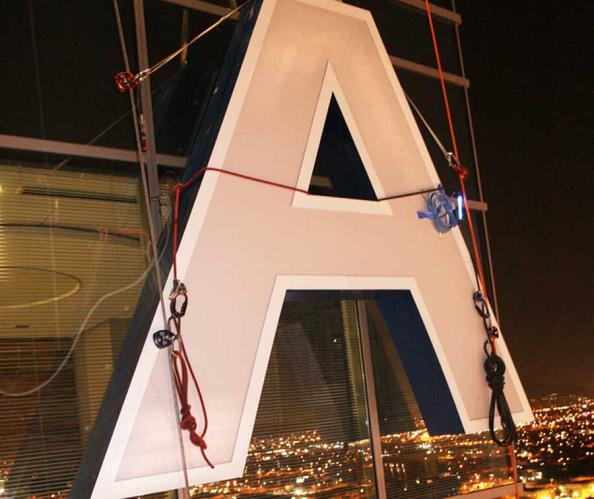The Biggest Trends in Hotel Franchising - 2017 Edition
As 2017 comes to a close, it is important to reflect on some of the key trends in the franchised hotel space this year. With purchase and sale activity continuing to slow, owners are focusing more on new development and renovating and maintaining their existing properties in order to keep their portfolios fresh and competitive heading into 2018 and beyond.
Capitalization Rates
Capitalization rates rise as profits and asset quality decline, and they are often subject to cyclical underlying economic trends which drive inflation and interest rates overall. As has been the case for the last several years now, cap rates in 2017 remained flat to slightly up across most select and full-service property types.
According to Chris Williams, Managing Director of Western Alliance Bank’s Hotel Franchise Finance department, cap rates will remain relatively stable in 2018, but the risk for rising cap rates will continue to increase as the economic expansion continues into its later stages. In general across the U.S., blended cap rates for full-service franchised hotels remained stable year-over-year, at or around 8%, while select-service properties saw a slight increase to about 9% over the same period.
What Are The Big Brands Doing?
The short answer is: planning for and opening a lot of new properties. According to Lodging Econometrics, Hilton, Marriott and IHG will see their current room inventories grow by 4.8%, 3.9% and 4.5%, respectively, in 2017 with all three majors expected to grow at or above these levels in 2018 and 2019.
As is often the case during these periods of expansions, the majors launch new brands to better compete up and down the Average Daily Rate (ADR) curve, while vying to be the front runner for ever-changing consumer trends.
With the success of Hilton’s Home2 Suites product, IHG and Marriott are increasingly focused on their new brands like Avid for IHG or refreshing existing flags such as Fairfield, TownePlace Suites, Courtyard and Hampton Inn to further penetrate the Upper Midscale market segments.
So, what are some of the top hotel chains doing in 2017?
Hampton by Hilton (including Hampton Inn by Hilton and Hampton Inn & Suites by Hilton) was the number one ranked franchise in 2011, 2012, 2013 and 2015, according to Entrepreneur. The chain of hotels “serves value-conscious and quality-driven travelers” with more than 2,100 properties in 18 countries. One of the signature amenities is a suite with two bedrooms, a living room and kitchen area. These properties offer complimentary hot breakfast and fresh coffee.
Courtyard by Marriott Hotels is the 8th largest lodging brand in the world. The brand has over 1,100 properties currently in 47 countries, and another 271 to open soon, according to its development website. Courtyard is known to suit the modern business traveler with smartly-designed guest rooms, lobbies and public areas.
Which Markets Are Seeing New Supply?
While new supply trends are increasing in most markets across the U.S., the supply/demand imbalance many were expecting in 2017 has failed to materialize as the pace of underlying economic growth continues to accelerate. According to Lodging Econometrics, the new supply pipeline bottomed out in 2011 and increased at a measured pace through mid-2017 across most of the top 50 markets. However, while the overall pace of projects being delivered is starting to plateau across the U.S. in the aggregate, there are markets such as Nashville, Denver, NYC and Seattle where the pipeline will see significant project deliveries through at least 2020.
In general, new supply is projected to be manageable at or below 2.5% of existing room inventory in regions such as New England, the South Atlantic, Midwest, Mountain and Pacific regions. It’s the East, West and South Central U.S. regions, consisting of the Gulf Coast states outside of Florida and states into the Ohio River Valley, which will see new supply being delivered through 2020 in excess of 3% of existing room inventory. Extra caution should be taken if one is looking to enter one of these markets.
According to Hotel Management Magazine, select-service hotels account for the bulk of new rooms under construction and this has been a unique aspect of the current inventory expansion within the space when compared to prior cycles. As the cost to build new properties continues to increase, owners are focusing their efforts on projects that can be delivered quickly, stabilize in less than 24 months and generate stable returns with less oversight than what a full service hotel development project would entail.
Alliance Bank of Arizona
Alliance Bank of Arizona, a division of Western Alliance Bank, Member FDIC, delivers relationship banking that puts clients at the center of everything. Founded in 2003, Alliance Bank of Arizona offers a full spectrum of tailored commercial banking solutions delivered with outstanding service. With offices in Greater Phoenix, Tucson and Flagstaff, Alliance Bank of Arizona is part of Western Alliance Bancorporation, the largest locally headquartered banking company in Arizona, with more than $85 billion in assets. Major accolades include being ranked as a top U.S. bank in 2024 by American Banker and Bank Director. As a regional bank with significant national capabilities, Alliance Bank of Arizona delivers the reach, resources and local market expertise that make a difference for customers.
